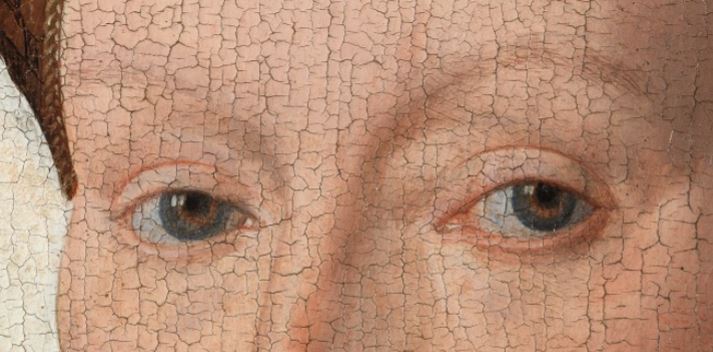 The past 14th January, KIK-IRPA, the Royal Institute for Cultural Heritage, presented “Further works by Jan Van Eyck”, the new version of “Closer to Van Eyck”, the online portal entirely dedicated to the prestigious painter of the 15th century.
The past 14th January, KIK-IRPA, the Royal Institute for Cultural Heritage, presented “Further works by Jan Van Eyck”, the new version of “Closer to Van Eyck”, the online portal entirely dedicated to the prestigious painter of the 15th century.The new version contains 200 new images of 10 additional works including the famous Arnolfini portrait and the Turin-Milan Hours. In addition, the high resolution image viewer is improved with new functions and better touch screen support.
The gallery is now available in open access for consultation, study, analysis and research and the images can be re used for educational and academic studies.
The masterpieces have been submitted to cutting-edge digitization techniques, thus collected in a single documentation of ultra-high-resolution scientific imagery available in open access.
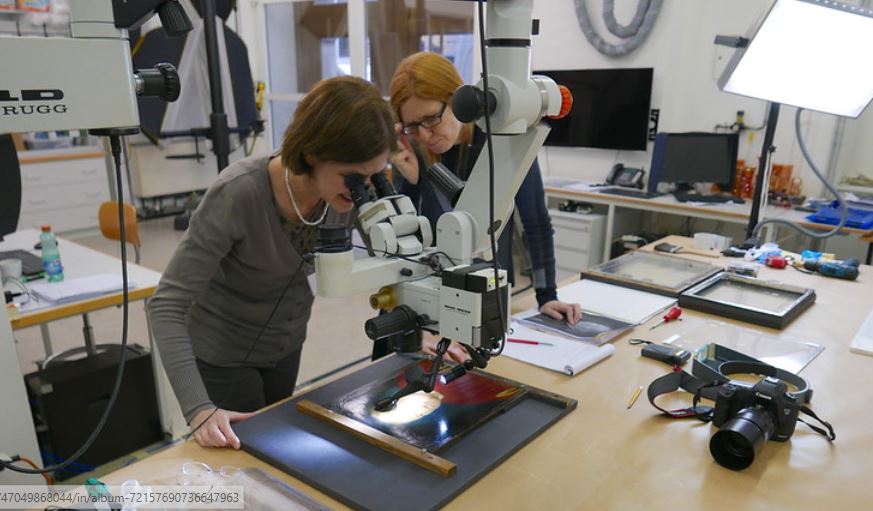 All this was made possible by the implementation of the VERONA (Van Eyck Research in OpeN Access) project, lunched by the The Centre for the Study of the Flemish Primitives at KIK-IRPA in order to study the creative process of Jan van Eyck (c. 1390-1441) and the different hands involved in the paintings of his workshop by using the same scientific imaging techniques.
All this was made possible by the implementation of the VERONA (Van Eyck Research in OpeN Access) project, lunched by the The Centre for the Study of the Flemish Primitives at KIK-IRPA in order to study the creative process of Jan van Eyck (c. 1390-1441) and the different hands involved in the paintings of his workshop by using the same scientific imaging techniques.Main goal of the VERONA project are:
• to accomplish and stimulate new research on the painter Jan van Eyck
• to examine and document all the works with the same scientific imaging techniques: macrophotography (normal light, raking light, infrared and ultraviolet fluorescence), infrared reflectography and in some cases radiography.
• to add all this documentation to the website ‘Closer to Van Eyck’.
The documentation methods were enriched through a partnership with the University of Antwerp, whose researchers carried out innovative XRF scanning on works of art by Van Eyck in Belgian collections.
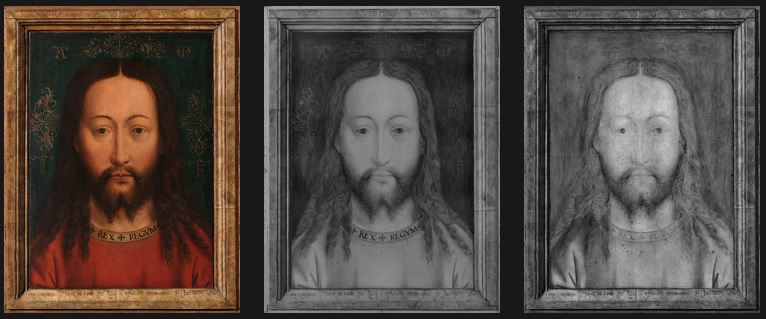 The digital portal will be a reference for comparative research on the work of Van Eyck. Researchers will be able to study for the first time the differences and similarities in the artist’s technique on the basis of the same comparative material.
The digital portal will be a reference for comparative research on the work of Van Eyck. Researchers will be able to study for the first time the differences and similarities in the artist’s technique on the basis of the same comparative material.

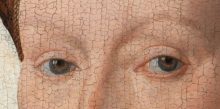

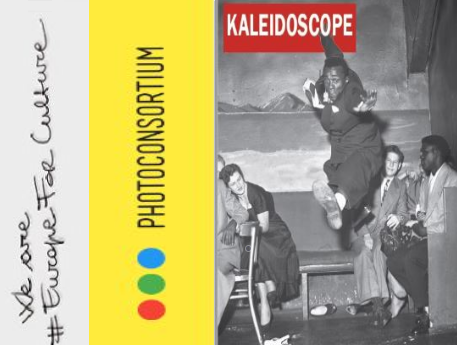
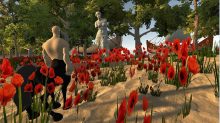
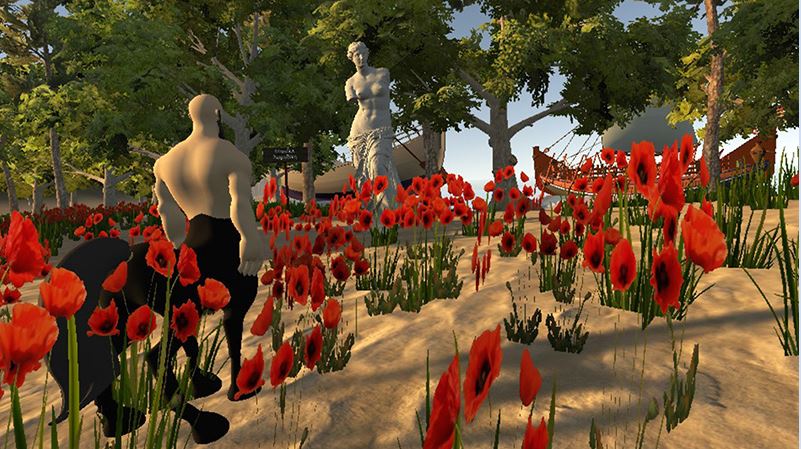


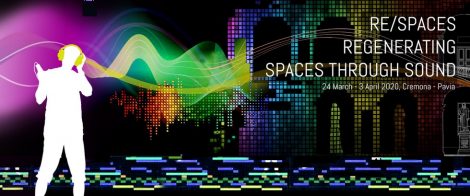
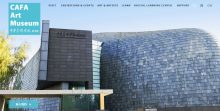
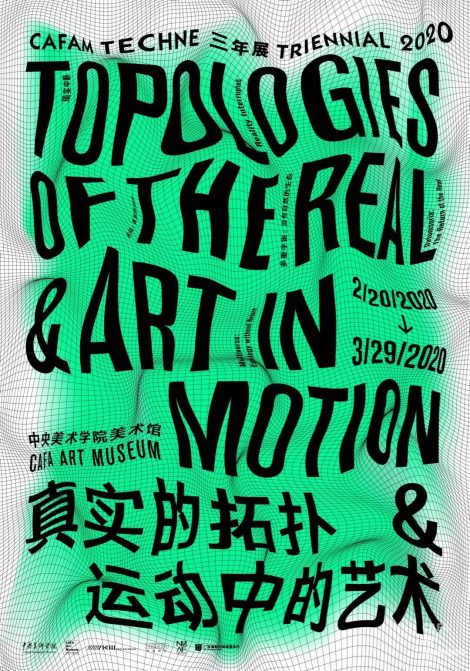 CAFA Art Museum (CAFAM) is delighted to announce the opening of the inaugural edition of the CAFAM Techne Triennial, which takes place in Beijing from Feb 20 through March 29, 2020, and is curated by ZHANG Ga, CAFAM Consulting Curator and CAFA Distinguished Professor.
CAFA Art Museum (CAFAM) is delighted to announce the opening of the inaugural edition of the CAFAM Techne Triennial, which takes place in Beijing from Feb 20 through March 29, 2020, and is curated by ZHANG Ga, CAFAM Consulting Curator and CAFA Distinguished Professor.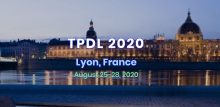
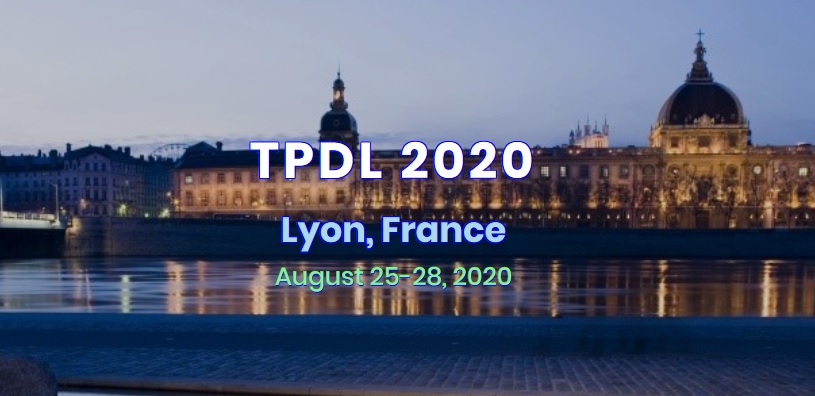

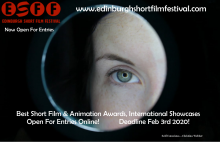
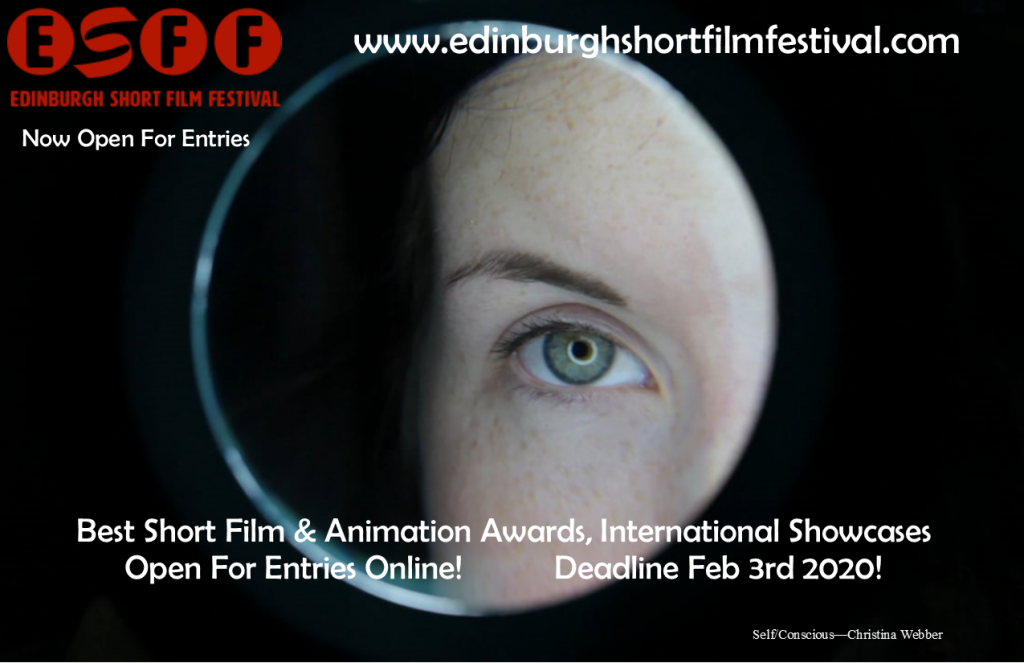
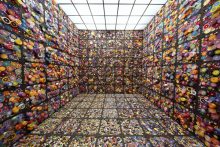
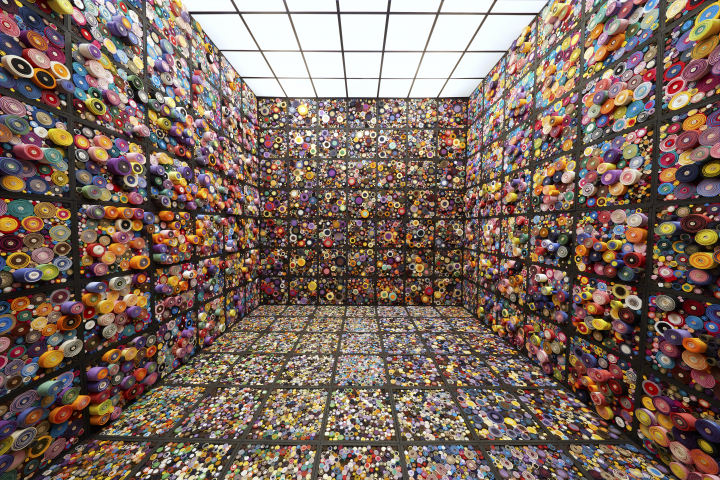
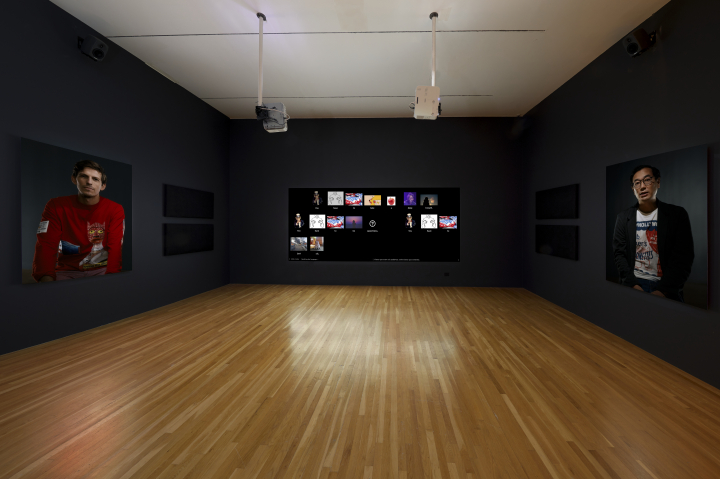
 If you have interesting news and events to point out in the field of digital cultural heritage, we are waiting for your contribution.
If you have interesting news and events to point out in the field of digital cultural heritage, we are waiting for your contribution.







































